News Presenters
Presenters are a key aspect of any news channel. It is their job to communicate news stories to the viewers. Other names for presenters include newsreaders, newscasters and anchors. Sometimes they are experienced journalists who work behind the scenes on important news projects. Other times their primary role is to read from a teleprompter or autocue.
Since most television news is filmed live the presenter needs to think on their feet and understand how to make a broadcast run as smoothly as possible. Anything can go wrong on live television. For example, there have been some incidents where guests have sworn during a news show. The presenter will be tasked with controlling the situation and apologising to the audience. Improvised commentary is a common trait amongst these people. This is due to the fact that they never know exactly what the next breaking story will be.
These jobs are also done on the radio. The main quality of a presenter in the radio-only era was their voice. However, with the advent of television, the news presenters also had to look the part. Over the decades the standards for this kind of news were set. They have continued even with the advent of online journalism. Websites such as the BBC even have presenters discussing the news live via an internet video feed. The key difference betwe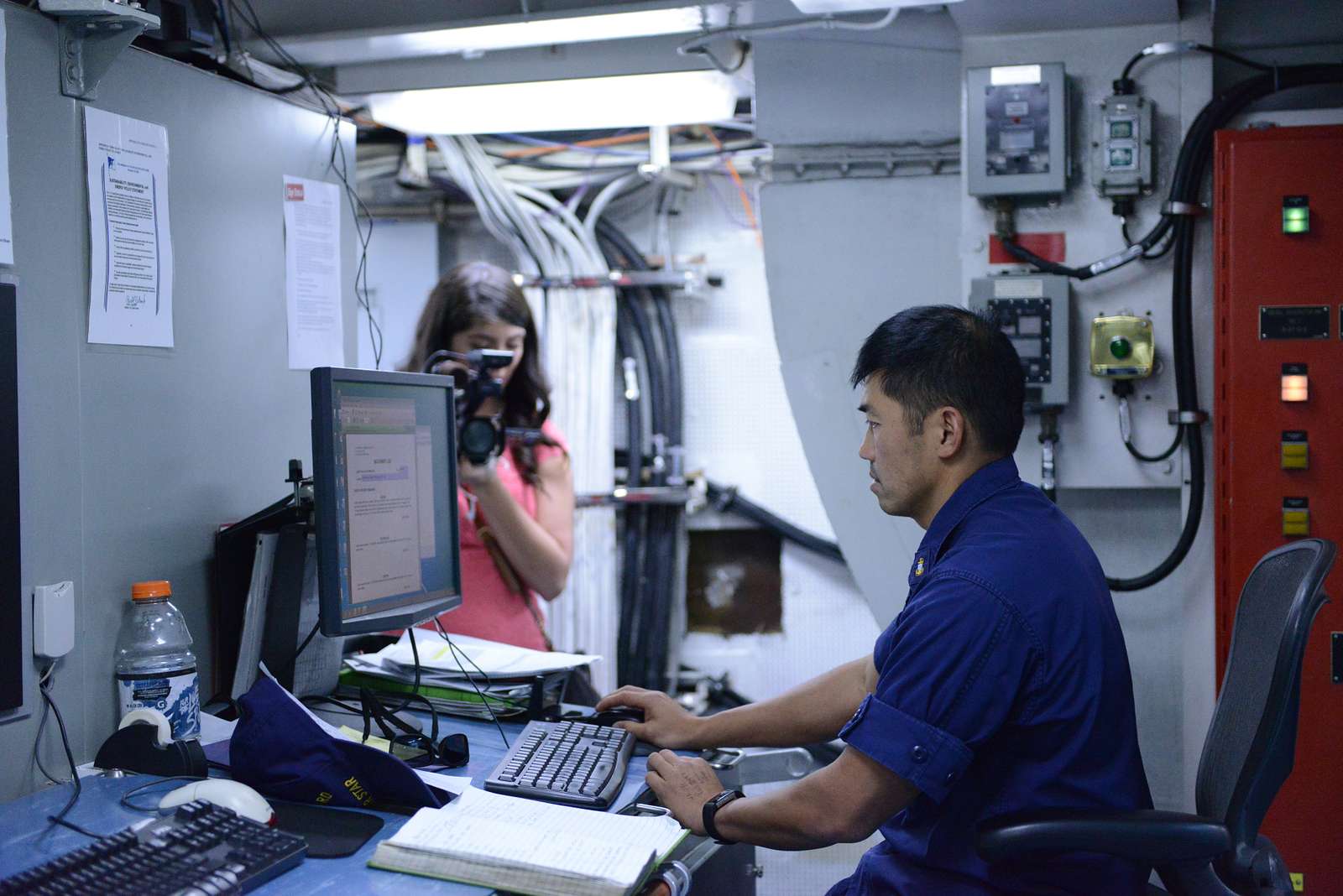 en this and traditional television is that the audience can send in their comments via social media. This has led to a new form of relationship between viewer and presenter.
en this and traditional television is that the audience can send in their comments via social media. This has led to a new form of relationship between viewer and presenter.
If a presenter proves to be popular with the television watching public then it can lead to them having the job for many decades. Audiences tend to form an attachment to their local and national presenters. In many ways they are the face of the news. When unpleasant information needs to be communicated to these people it is better to hear it from a familiar television personality.
It is also common for these kinds of journalists to become celebrities in their own right. They may leave the news industry in order to broaden their reach. For example, some presenters transfer their skills to entertainment programs. Others become popular authors by writing their autobiography. Therefore news reading can be seen as a stepping stone to national or even international fame.
Large media broadcasting companies may utilise multiple presenters. Each one will focus on a particular topic. During times of conflict, the station will assign important jobs to their war correspondent. If a lighter story needs to be told then the celebrity expert can have a segment. Specialist presenters can be sent off to cover important stories abroad. Meanwhile, an in-house presenter tends to stay in the newsroom and link all of these stories together.
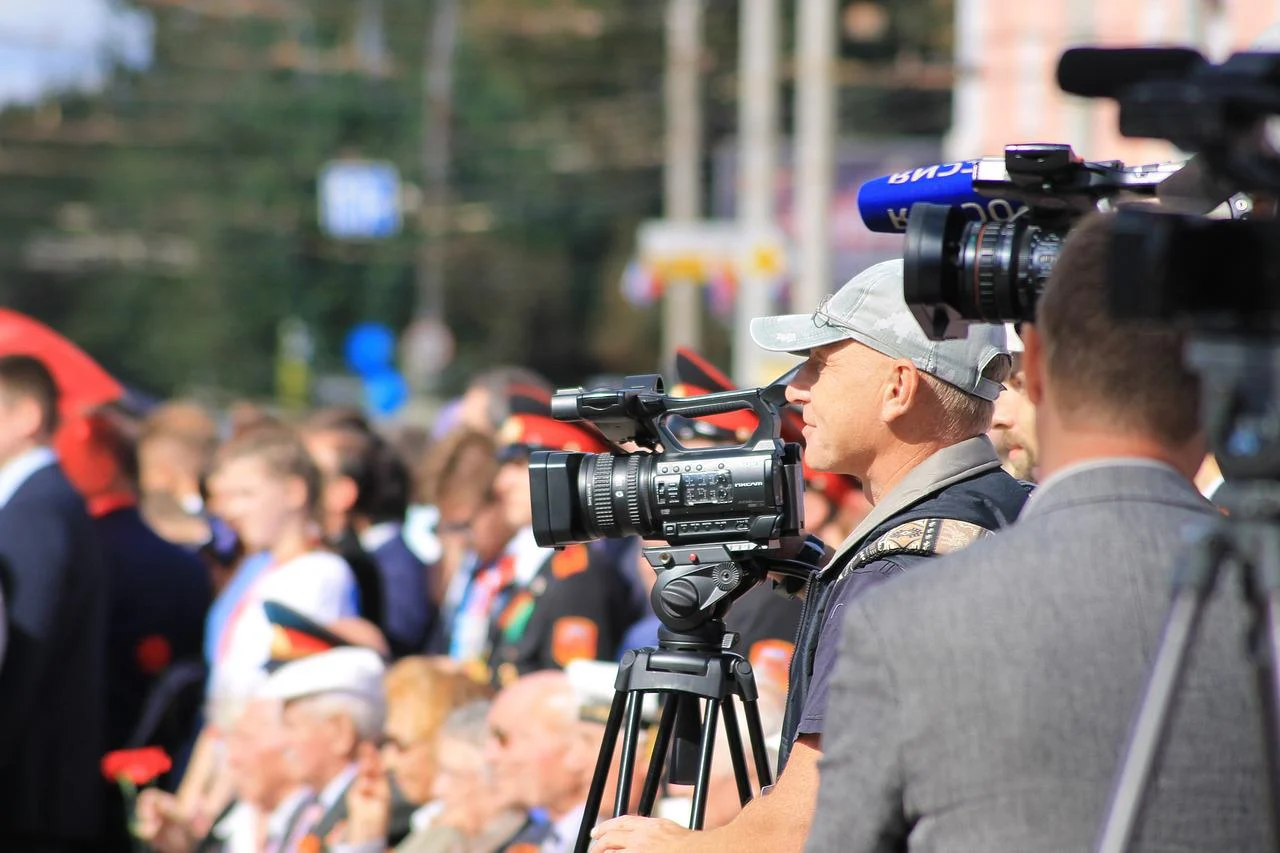
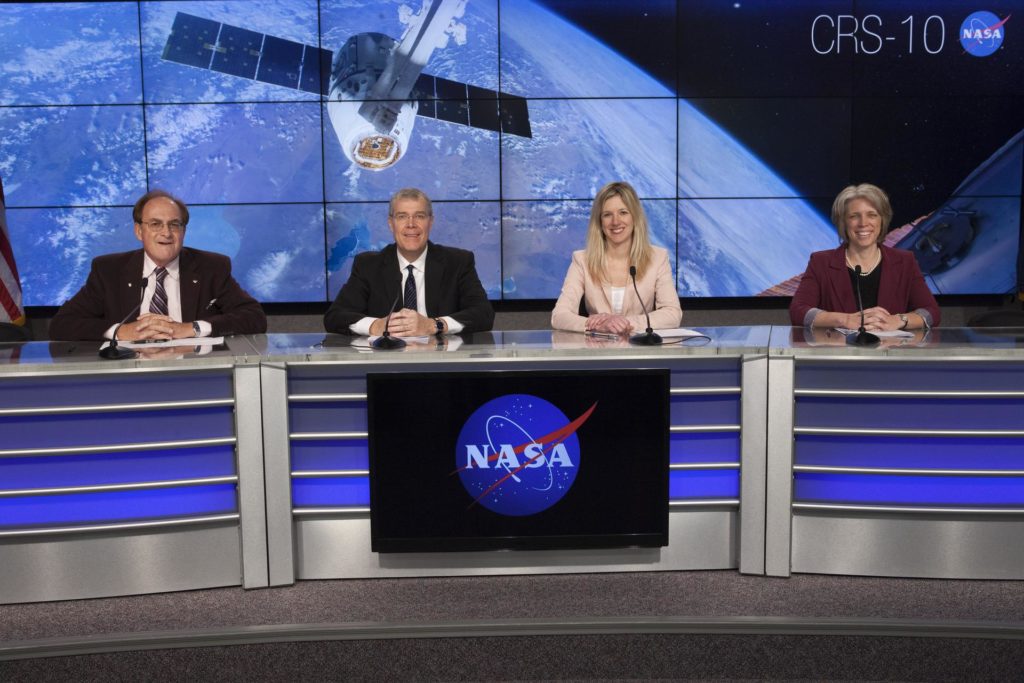
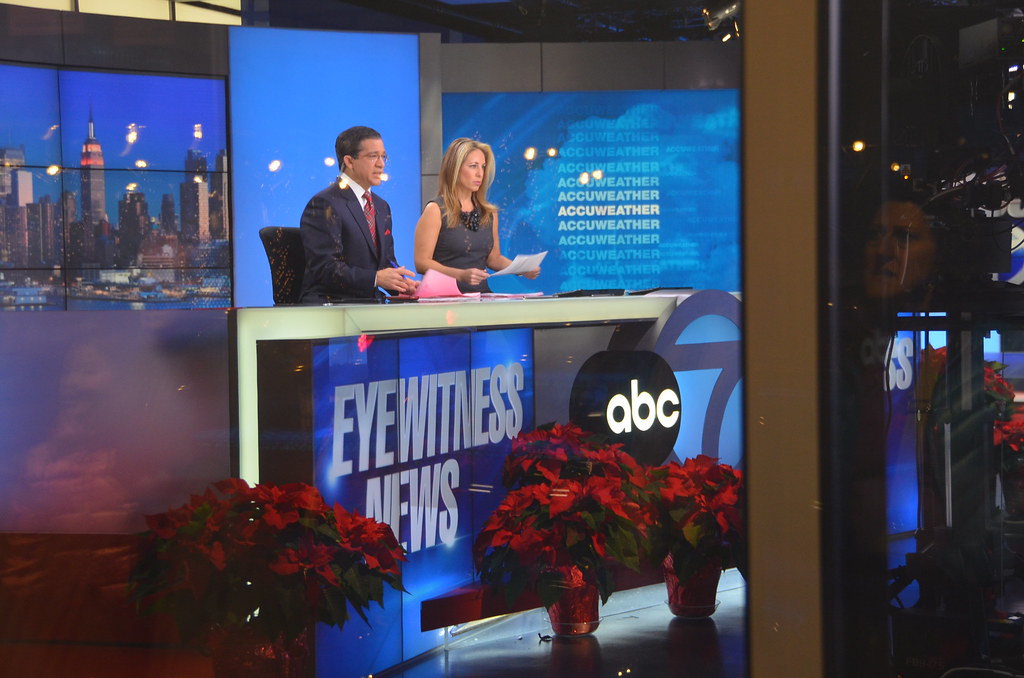 ticular viewpoint. Therefore viewers need to be very careful when taking certain news stories at face value. They should consider what the ideological leanings of the station are. It is best to only consume news from places that have a track record of being unbiased and trustworthy.
ticular viewpoint. Therefore viewers need to be very careful when taking certain news stories at face value. They should consider what the ideological leanings of the station are. It is best to only consume news from places that have a track record of being unbiased and trustworthy.
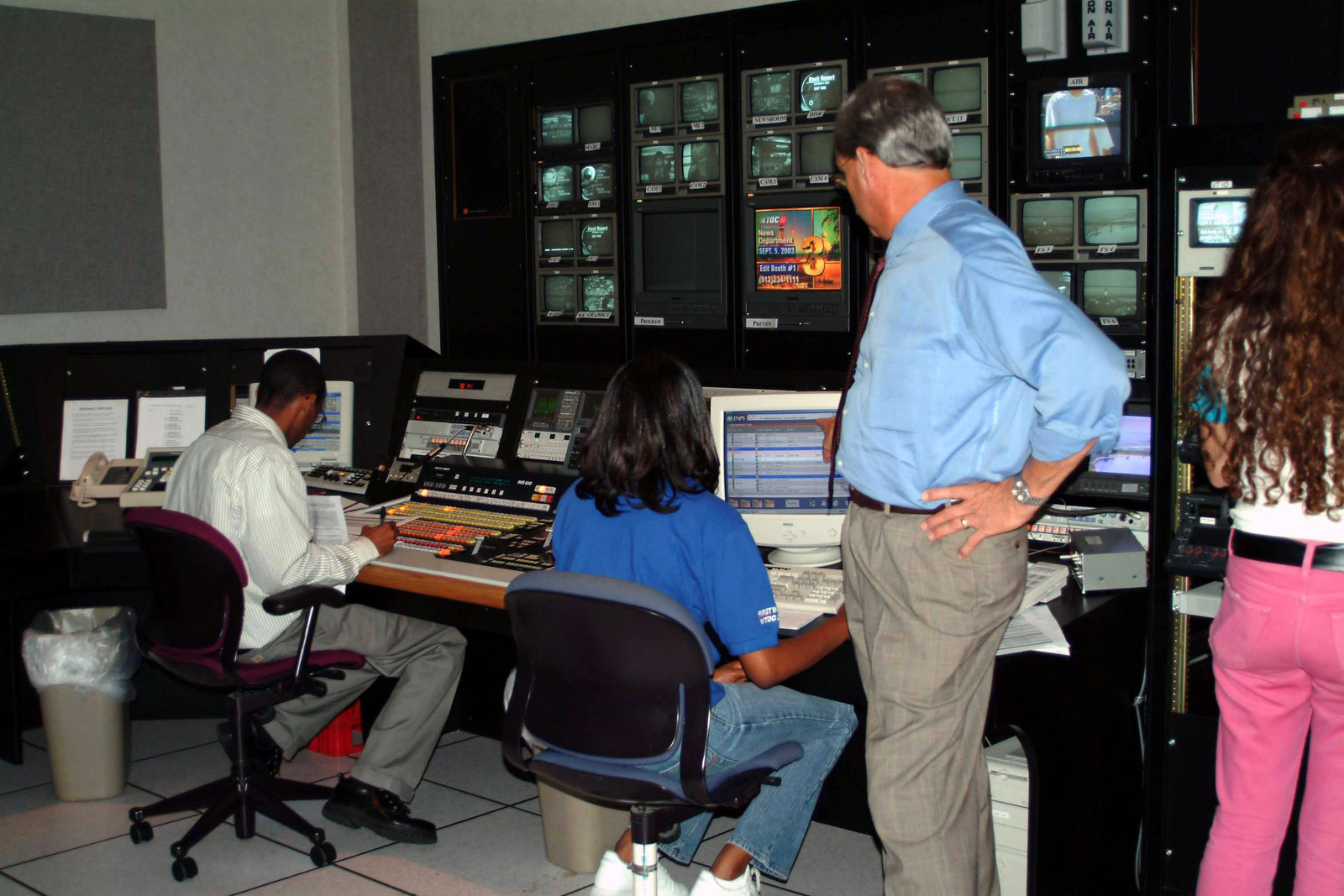 ls will often call a story “breaking” at least once a day. This is not always said by the presenter themselves. Instead it is stated via the on-screen graphics.
ls will often call a story “breaking” at least once a day. This is not always said by the presenter themselves. Instead it is stated via the on-screen graphics.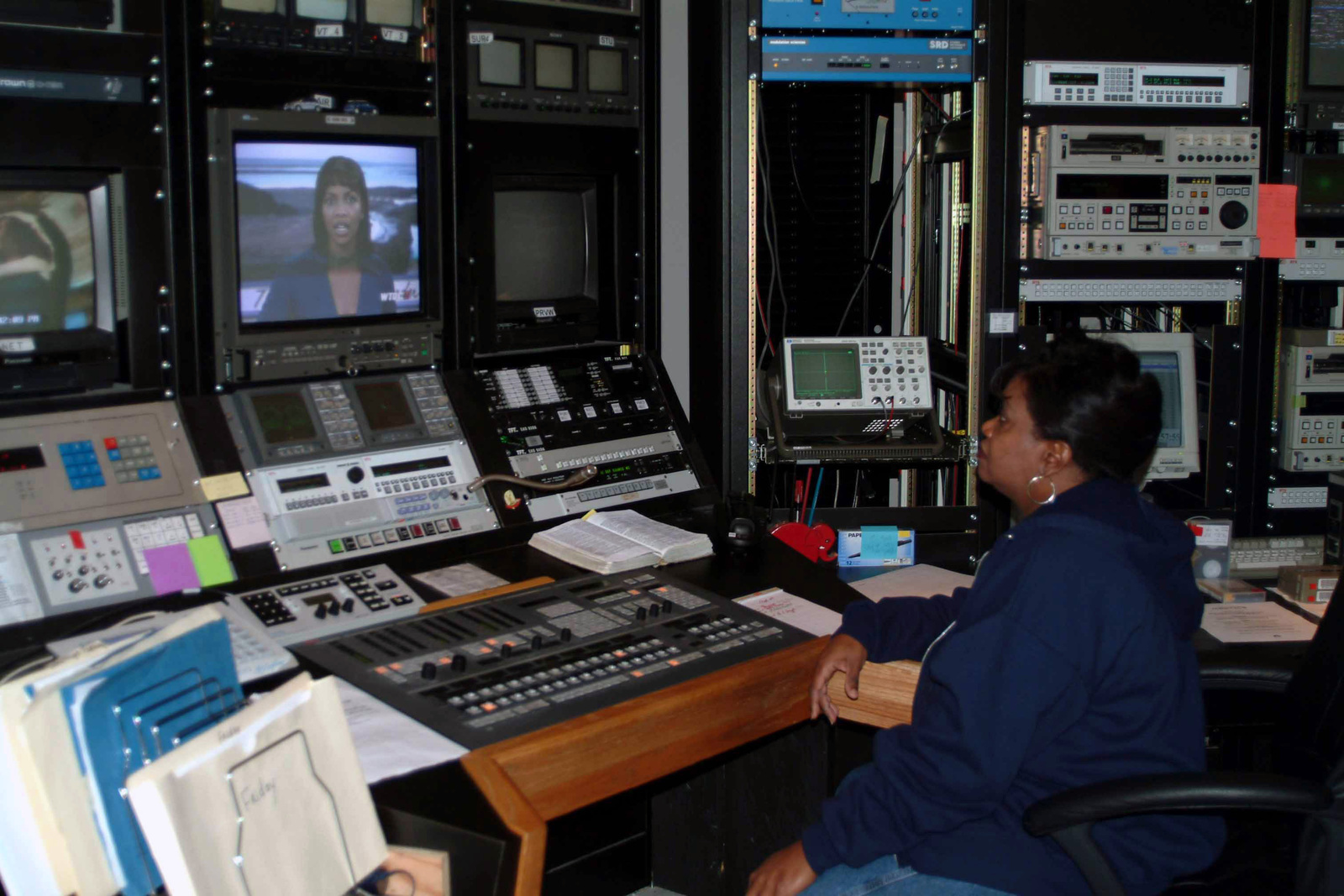
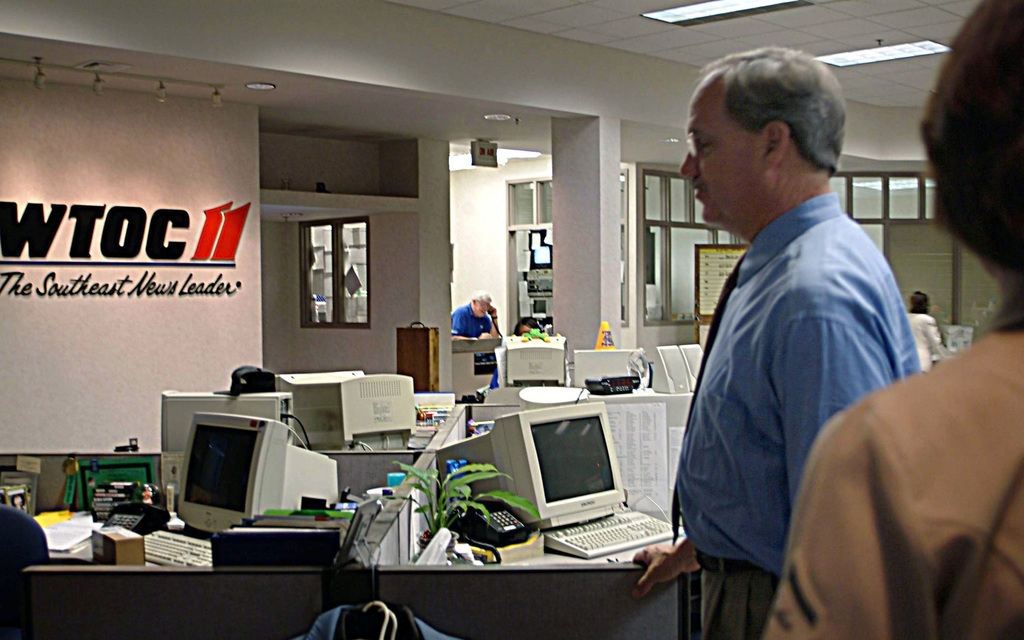 news did not catch on until the mid 1990s. Today the format can be seen on informational websites as well. For example,
news did not catch on until the mid 1990s. Today the format can be seen on informational websites as well. For example, 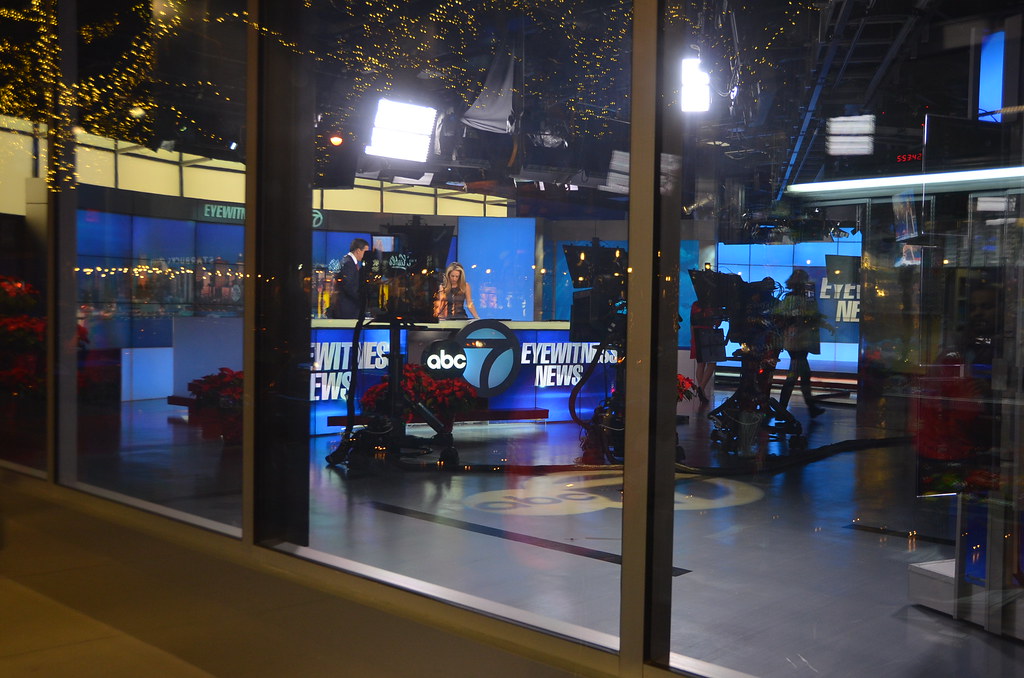
 f 24 hour news channels also poses an issue. An important story may not be covered because it is not good for the company. For example, if a product is found to be dangerous but is advertised on the news channel there could be a reluctance to disclose this information with viewers.
f 24 hour news channels also poses an issue. An important story may not be covered because it is not good for the company. For example, if a product is found to be dangerous but is advertised on the news channel there could be a reluctance to disclose this information with viewers.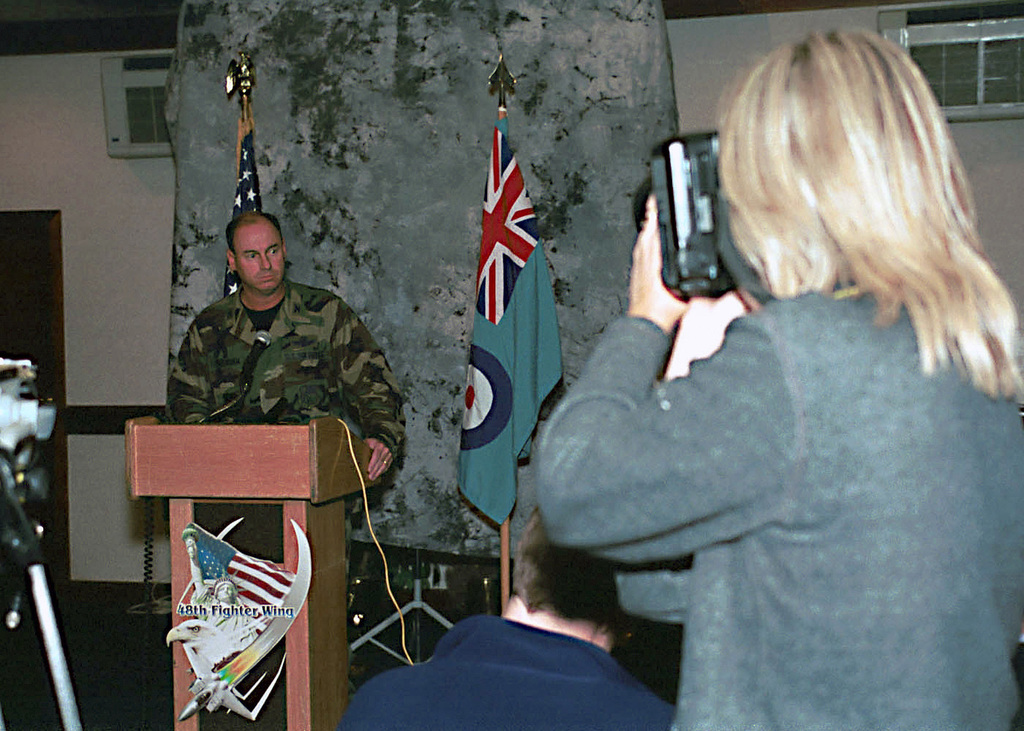
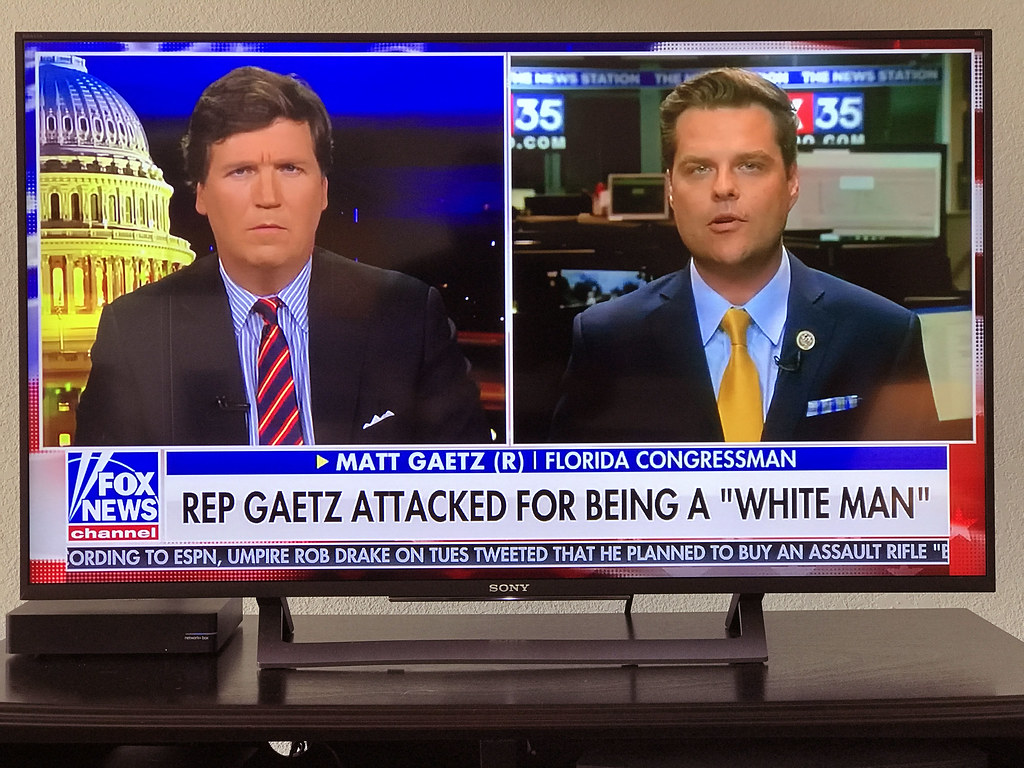 ften pay members of the public in exchange for photos they have taken and information they obtain on an important story.
ften pay members of the public in exchange for photos they have taken and information they obtain on an important story.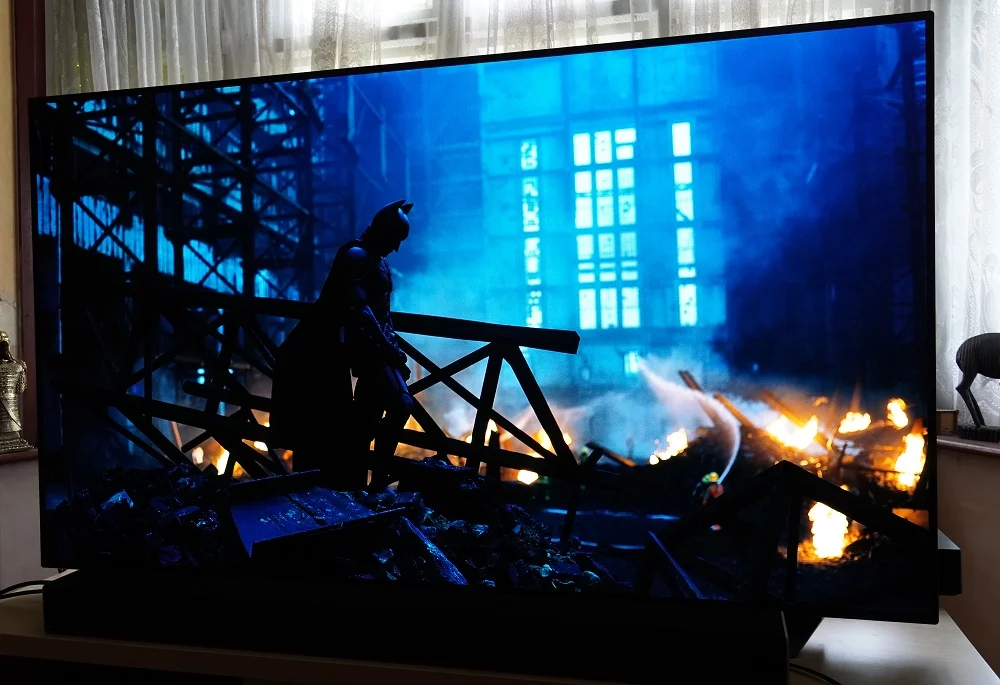
 he internet might seem like a better option for a news organisation. Digital space tends to cost less than the fees for circulating a paper nationwide. However, digital journalism is also oversaturated. A start-up will be very unlikely to gain any attention online. Meanwhile, there are only a handful of papers around. Creating a new one could generate some serious interest.
he internet might seem like a better option for a news organisation. Digital space tends to cost less than the fees for circulating a paper nationwide. However, digital journalism is also oversaturated. A start-up will be very unlikely to gain any attention online. Meanwhile, there are only a handful of papers around. Creating a new one could generate some serious interest.